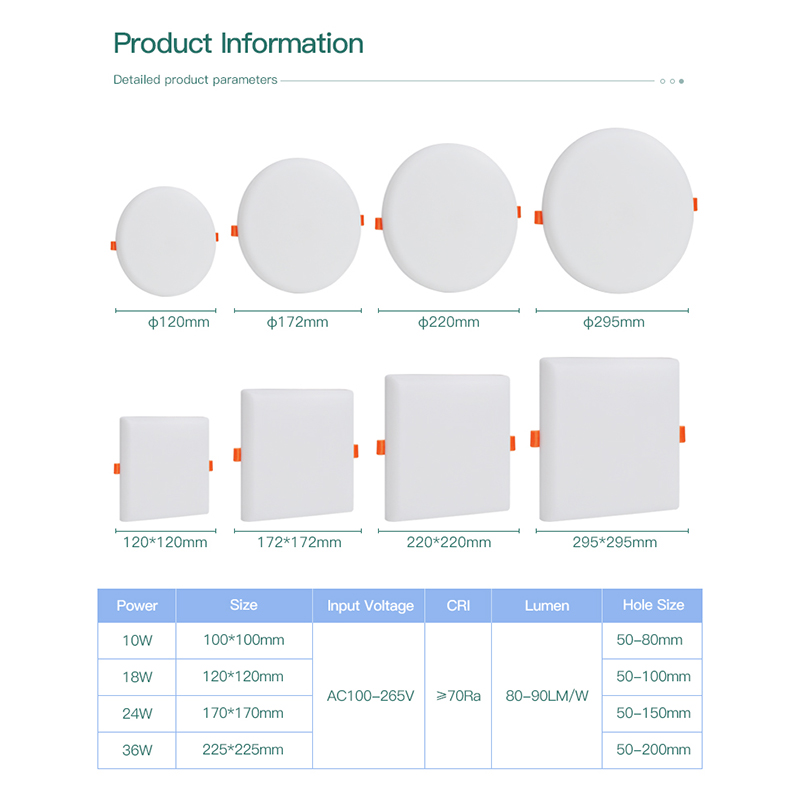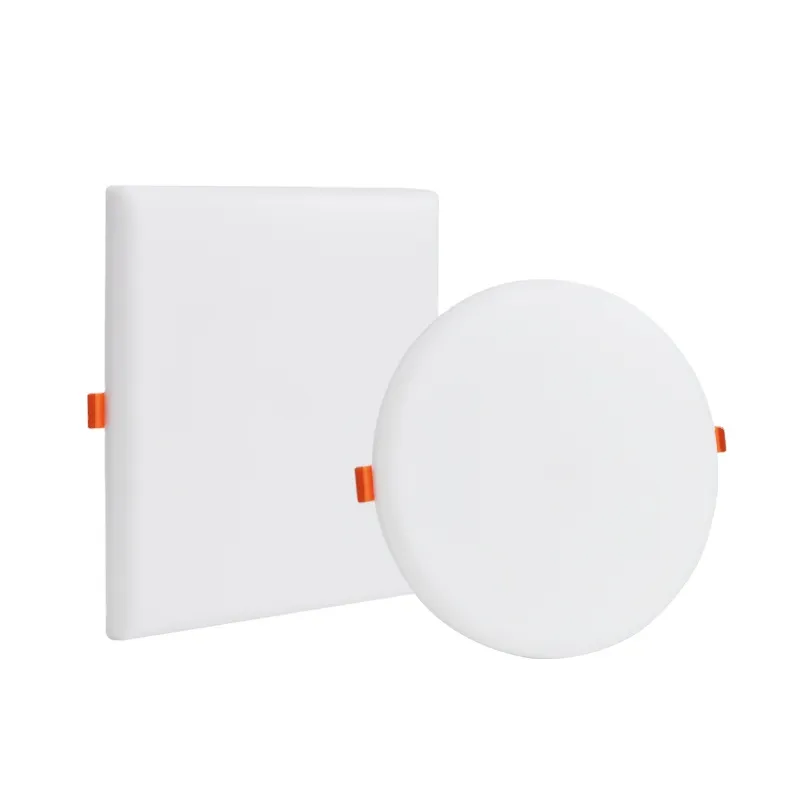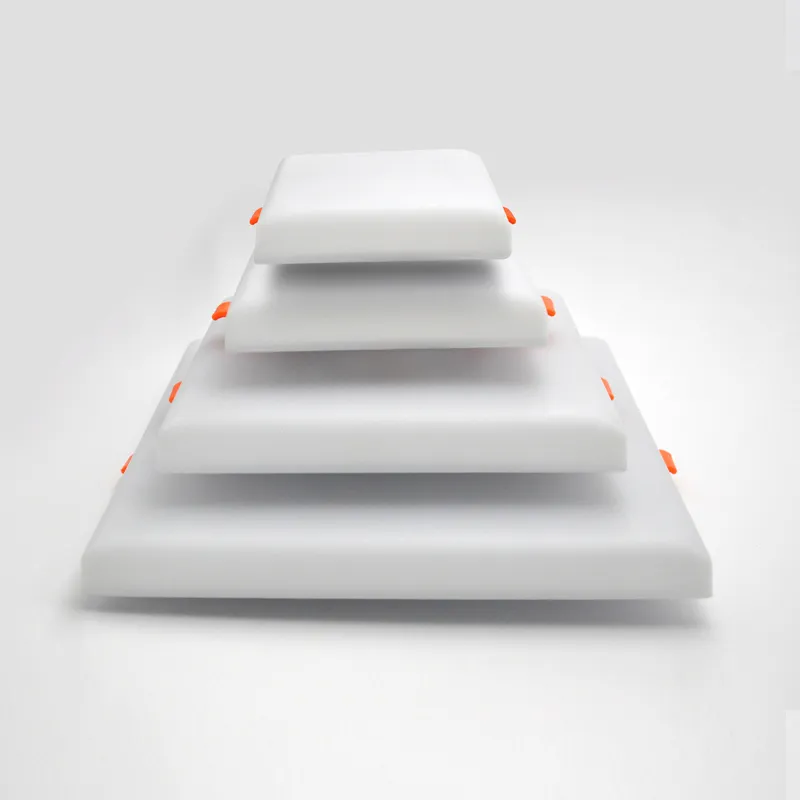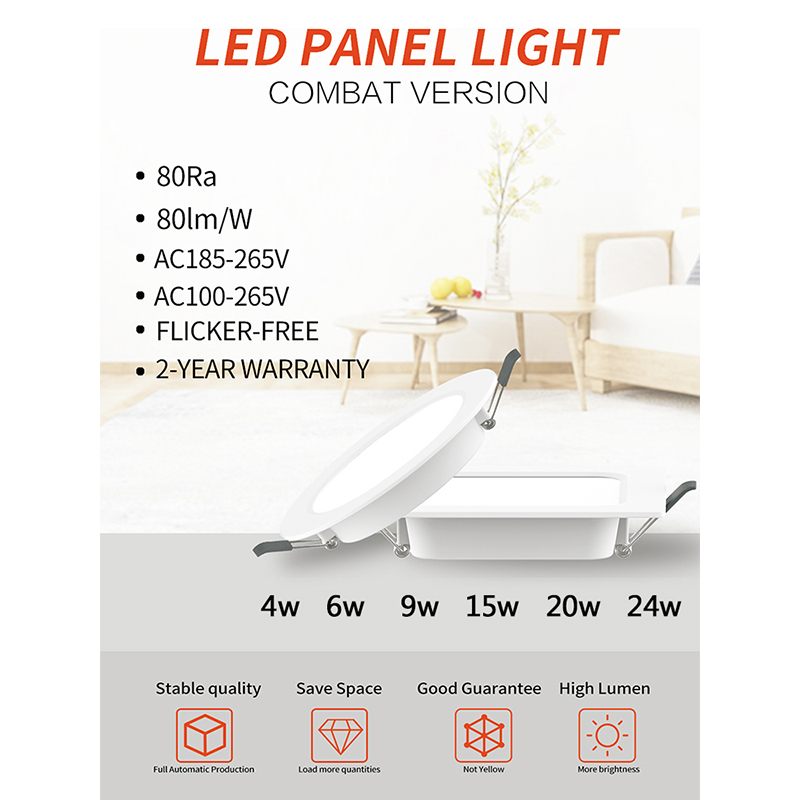The higher the voltage or current, the brighter the LED lighting?
In recent years, LED (light-emitting diode) lighting has become the preferred light source for home, commercial, industrial and public lighting due to its energy-saving, long life and high efficiency. Compared with traditional lighting technologies such as incandescent lamps and fluorescent lamps, LED lamps have higher light efficiency and lower energy consumption, so they have been rapidly promoted around the world. However, many consumers often encounter a question when choosing and using LED lighting products: "The higher the voltage or current, the brighter the LED lighting?" This question is directly related to the efficiency, brightness and energy saving of LED lamps, so it is very important for consumers and industry practitioners to understand this issue.
This article will focus on this issue, combined with the working principle of LED, brightness adjustment method, power and light efficiency and other technical parameters, to deeply explore the impact of voltage and current on the brightness of LED lighting, and analyze how to choose the appropriate voltage and current in actual use to achieve the best lighting effect.

What is the working principle of LED lamps?
To answer the question "The higher the voltage or current, the brighter the LED lighting", you first need to understand the working principle of LED lamps. LED is a solid-state light source based on semiconductor materials. When current passes through the LED chip, electrons and holes combine to release energy in the form of light.
The basic structure of LED chips includes semiconductor materials, positive and negative electrodes, current introduction channels, etc. When current passes through the LED, electrical energy is converted into light energy, and the brightness of the LED depends on the following factors:
● Current intensity: The brightness of the LED is usually directly related to the magnitude of the current passing through it. The larger the current, the greater the frequency of recombination between electrons and holes, thereby releasing more light energy and making the LED lamps brighter.
● Voltage magnitude: Voltage is the potential difference required to drive the LED to work. LED lamps of different models and specifications have different operating voltage requirements. Too low voltage will cause the LED to not work properly, and too high voltage may cause damage to the LED.
In short, current and voltage are two important factors affecting the brightness of LEDs, but they are not the only determining factors. Next, we will specifically analyze the specific effects of voltage and current on the brightness of LEDs.

The larger the voltage or current, the brighter the LED lighting?
1. The effect of current on LED brightness
The brightness of LED lamps is closely related to the intensity of the current passing through it. According to the principles of physics, the greater the current, the more times the electrons and holes in the LED recombine, and the more light energy is generated, so the LED will appear brighter. For standard LED bulbs or LED panel lights, the relationship between brightness and current is usually linear - that is, the current increases, the brightness increases.
But this does not mean that the greater the current, the brightness of the LED will increase indefinitely. Due to the physical properties of the LED, after the current intensity reaches a certain value, the growth of brightness will gradually slow down and eventually tend to saturation.
● Too small current: If the working current of the LED is too small, the recombination process of electrons and holes will be less, resulting in insufficient light energy, which is manifested as low brightness of the LED. At this time, although the LED lamp can still work, its brightness is obviously insufficient.
● Moderate current: When the current is within the working range of the LED design, the LED can emit light stably, the brightness is linearly related to the current, and the efficiency is high, and the energy consumption is relatively low.
● Too large current: If the current is too large, the temperature of the LED will rise during operation, which may cause chip damage or reduced light efficiency. If the LED works under excessive current for a long time, the life of the LED will be significantly shortened, and the expected brightness improvement will not be achieved.
2. The impact of voltage on LED brightness
Voltage is an important parameter for driving LEDs. Different types of LED chips have different operating voltages, and they are usually calibrated within a certain voltage range to ensure normal operation. In the design of LED lighting fixtures, the voltage is fixed and is mainly adjusted by the driving power supply to ensure stable operation of the LED fixtures.
● Voltage is too low: If the voltage is too low, the LED chip cannot reach its normal operating voltage, which will cause the LED to be insufficiently luminous or even unable to light up normally. In this case, the brightness of the LED will be extremely low or even have no light output.
● Voltage is too high: If the voltage is too high, although the luminous intensity of the LED chip may increase temporarily, the excessive voltage will increase the temperature of the chip, causing heat accumulation, thereby damaging the LED chip. Long-term high-voltage operation will also cause the efficiency of the LED to decrease, generate excessive heat, affect the light efficiency, and even burn out the LED.
In general, voltage that is too low or too high will have a negative impact on the normal operation of the LED, so when choosing LED lamps, it is necessary to ensure that the voltage is within its specified operating range.
3. The synergistic effect of voltage and current
In fact, the brightness of the LED is not simply determined by voltage or current, but the result of the combined effect of voltage and current. There is a certain relationship between voltage and current, which is usually determined by the current-voltage (I-V) characteristics of the LED.
● Voltage and current matching: At a suitable operating voltage, the current should also be within a certain range. The design of the LED driver is to ensure that the current and voltage match, thereby ensuring the stable output of the brightness and power of the LED lamp. For example, in a constant current driven LED lamp, current control is critical, and the voltage will adjust as the load changes.
● Relationship between power and brightness: The power of the LED is interrelated with the voltage and current, usually expressed as P = V × I (power = voltage × current). Power is the key determinant of the brightness of the LED lamp, and an increase in power usually means an increase in the brightness of the LED lamp. However, excessive voltage or current will lead to excessive power, which will affect the safety and stability of the lamp.

What is the relationship between brightness and luminous efficacy?
Brightness is one of the core indicators of LED lamps, but luminous efficacy (i.e. the luminous flux produced per watt of power, in lumens/watt) is also the key to measuring LED performance. The higher the light efficiency, the better the energy efficiency of the LED lamp, and it can provide higher brightness while consuming the same power.
● The relationship between light efficiency and current: The relationship between light efficiency and current is not a simple linear relationship. As the current increases, the brightness of the LED does increase, but the light efficiency does not increase infinitely. In fact, when the current is too large, the light efficiency of the LED will decrease, resulting in a decrease in the luminous flux per unit power output. This is because excessive current may cause the heat of the LED chip to increase, reducing the efficiency of the chip and increasing energy loss.
● The relationship between light efficiency and voltage: Similarly, there is an upper limit to the effect of voltage changes on light efficiency. Excessive voltage will cause the light efficiency of the LED to decrease because the operating temperature of the LED chip increases, resulting in a decrease in light efficiency.
Therefore, simply increasing the current or voltage cannot continuously improve the brightness or light efficiency of the LED. Optimizing the technical parameters of the LED drive power supply, heat dissipation design, and chip materials is the key to improving brightness and light efficiency.

How to choose the right voltage and current?
In order to ensure the normal operation and optimal brightness output of LED lamps, it is very important to choose the right voltage and current. Here are some key factors:
● Follow LED product specifications: Each LED lamp has a clear operating voltage and current range, and consumers should choose the right power supply based on these technical parameters. For example, some LED lamps are designed to be driven by constant current, which means that the current will be kept at a stable value, while the voltage will be adjusted according to the load.
● Use high-quality driver power: The driver power of LED lamps plays an important role in regulating voltage and current. High-quality driver power can provide stable voltage and current output according to the load changes of LEDs, ensuring the brightness and efficiency of the lamps.
● Consider heat dissipation and temperature management: The temperature of LED chips directly affects their brightness and lifespan, so heat dissipation design is crucial when choosing LED lamps. A good heat dissipation system helps keep the LED working within the optimal temperature range and avoids high current and voltage causing excessive temperature, which affects brightness and light efficiency.
Huari Lighting Co., Ltd. is a renowned LED lighting manufacturer located in China, specializing in providing innovative lighting solutions since 1996. Our factory, spanning 92,000 square meters, produces over 1 million LED lighting units per month to meet global demand. We offer a diverse range of energy-efficient LED lighting, including LED downlights, ceiling lights, LED bulbs, track lights, and PAR lamps. Our products are built to the highest standards, with certifications such as CE, RoHS, and ISO 9001 ensuring their safety and efficiency. Whether you're looking for wholesale LED lights, discount deals, or customized solutions, Huari Lighting offers affordable options and factory-direct prices that help your business save on lighting costs. Get in touch today for bulk purchases and personalized quotes.
